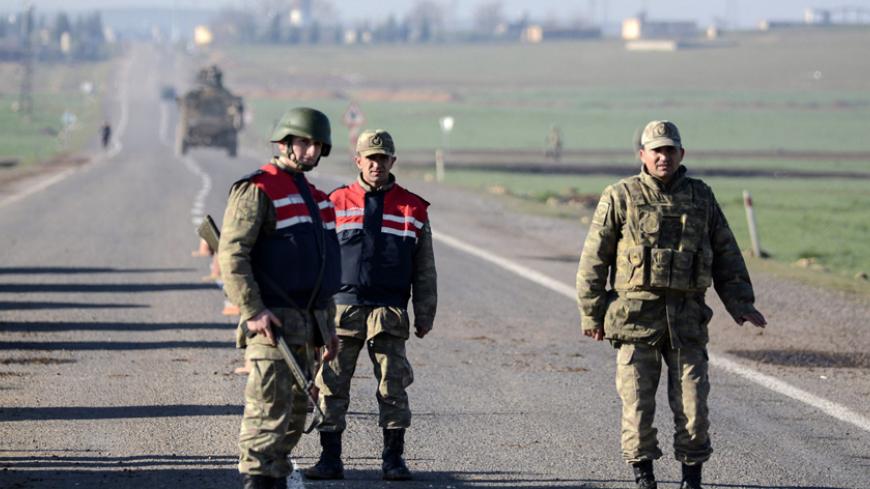The evacuation of 38 Turkish soldiers from the Tomb of Suleiman Shah in Syria, without hostilities, ended a 300-day saga that had occupied the agendas of Turkey and the region. In Turkey, where every issue leads to political polarization, it was inevitable that the evacuation would end up at the center of a debate between the ruling Justice and Development Party (AKP) and the opposition. Amid all the turbulence, there was hardly any mention of the lives and travails of the elite Turkish soldiers who served at the tomb under considerable risk and hardship for almost a year, and the ordeal and worry faced by their families back home. Moreover, no one has sufficiently explained why the tomb was evacuated and abandoned. The experiences shared by some of the special forces officers who served at the tomb for 300 days are, however, enlightening in this regard and others.
Turkish officers reported to Al-Monitor a low-level Islamic State (IS) presence in the area of the tomb during the first four months of their posting, beginning at the end of April 2014. By August, IS forces had become more visible and effective. During the first few months of the Turk's deployment, IS members came to the tomb a number of times, trying to make contact. The IS militants had positive attitudes and actually helped resolve power outages at the tomb. With the initiation of the coalition air attacks in September 2014, however, a better-trained IS unit consisting mostly of Egyptians and Yemenis arrived. By the end of September, IS threats against the tomb had replaced the earlier positivity and moderation.



